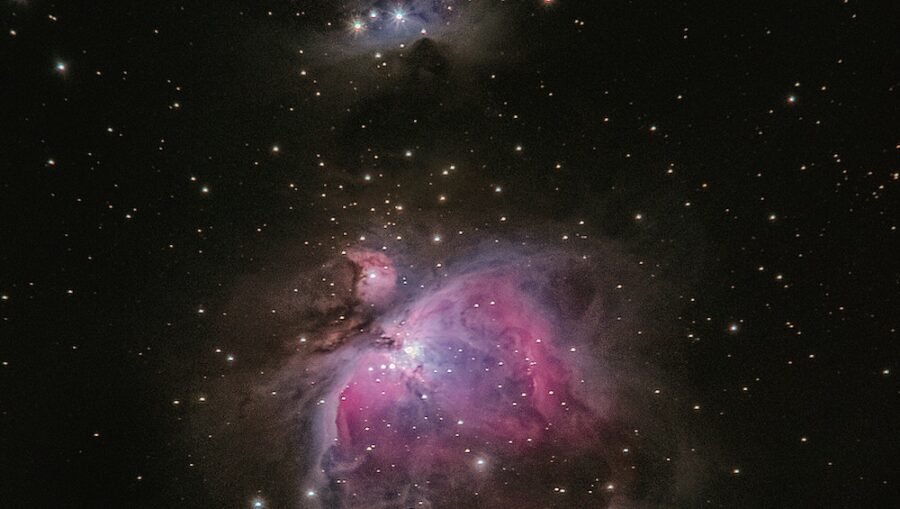
As for Leo A, it’s actually considered one of the most distant satellite dwarf galaxies from Earth, so it’s not quite as easy to observe as some of our other satellites. For instance, the Hubble Space Telescope has previously observed the Canis Major Dwarf Galaxy, which is our known closest galaxy, only 25,000 light years from our solar system and about 42,000 light years from the center of the Milky Way.
Hubble has also made highly detailed observations of other satellite dwarf galaxies like the Sculptor Dwarf Galaxy and the dwarf galaxy NGC 2366, which have all helped to shed more light on galaxy formation and how things might have happened in the younger years of the universe.
Source: NASA
Content Disclaimer and Copyright Notice
Content Disclaimer
The content provided on this website is sourced from various RSS feeds and other publicly available sources. We strive to ensure the accuracy and reliability of the information, and we always provide source links to the original content. However, we are not responsible for the content’s accuracy or any changes made to the original sources after the information is aggregated on our site.
Fair Use and Copyright Notice
This website may contain copyrighted material, the use of which has not always been specifically authorized by the copyright owner. We believe this constitutes a “fair use” of any such copyrighted material as provided for in section 107 of the US Copyright Law.
In accordance with Title 17 U.S.C. Section 107, the material on this site is distributed without profit to those who have expressed a prior interest in receiving the included information for research and educational purposes. If you wish to use copyrighted material from this site for purposes of your own that go beyond fair use, you must obtain permission from the copyright owner.



